When using scipy.ndimage.interpolation.shift to shift a numpy data array along one axis with periodic boundary treatment (mode = 'wrap'), I get an unexpected behavior. The routine tries to force the first pixel (index 0) to be identical to the last one (index N-1) instead of the "last plus one (index N)".
Minimal example:
# module import
import numpy as np
from scipy.ndimage.interpolation import shift
import matplotlib.pyplot as plt
# print scipy.__version__
# 0.18.1
a = range(10)
plt.figure(figsize=(16,12))
for i, shift_pix in enumerate(range(10)):
# shift the data via spline interpolation
b = shift(a, shift=shift_pix, mode='wrap')
# plotting the data
plt.subplot(5,2,i+1)
plt.plot(a, marker='o', label='data')
plt.plot(np.roll(a, shift_pix), marker='o', label='data, roll')
plt.plot(b, marker='o',label='shifted data')
if i == 0:
plt.legend(loc=4,fontsize=12)
plt.ylim(-1,10)
ax = plt.gca()
ax.text(0.10,0.80,'shift %d pix' % i, transform=ax.transAxes)
Blue line: data before the shift
Green line: expected shift behavior
Red line: actual shift output of scipy.ndimage.interpolation.shift
Is there some error in how I call the function or how I understand its behavior with mode = 'wrap'? The current results are in contrast to the mode parameter description from the related scipy tutorial page and from another StackOverflow post. Is there an off-by-one-error in the code?
Scipy version used is 0.18.1, distributed in anaconda-2.2.0

